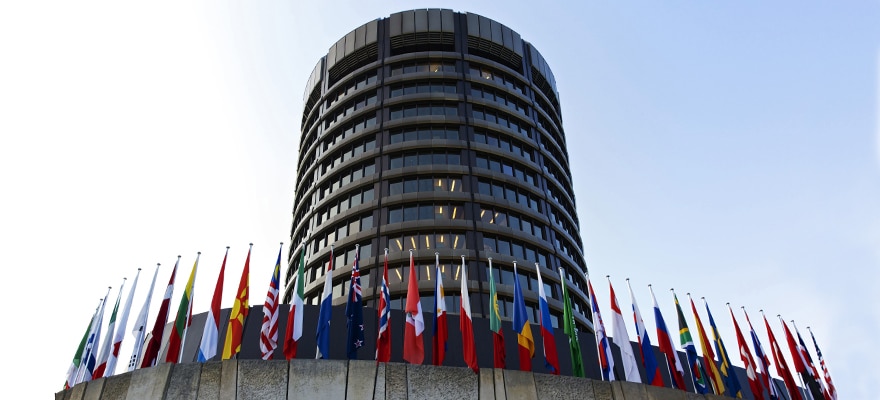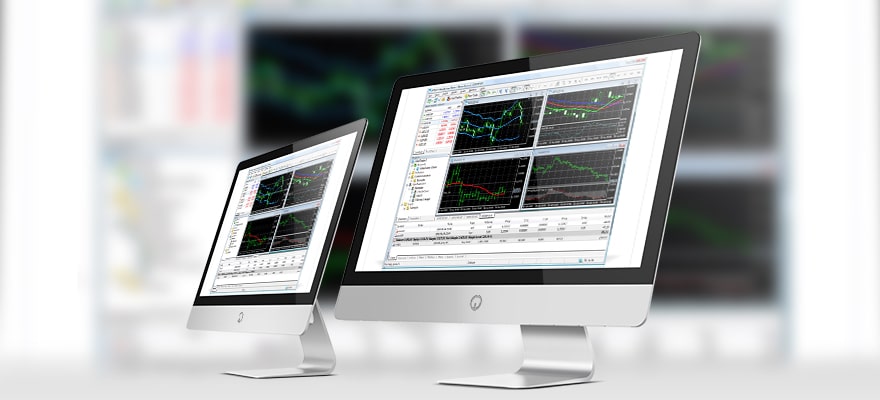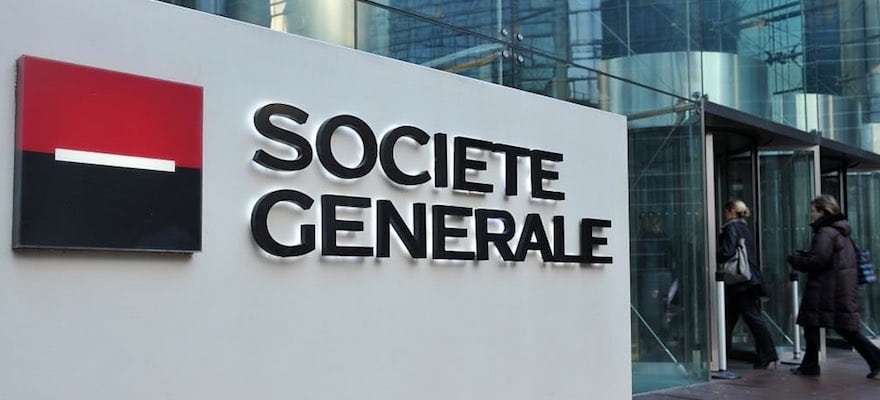The notional amount outstanding for foreign exchange (Forex ) derivatives has been trending upwards, unlike other derivatives that have been moving on a downward slope. That’s according to the latest semiannual data from the Bank for International Settlements (BIS).
In particular, the notional amounts for forex derivatives totaled $99 trillion at the end of June 2019. Furthermore, dealers in emerging market economies (EMEs) accounted for nine percent of the outstanding notional amounts of FX and commodity derivatives at the end of June 2019. This is up from seven percent at the end of June 2016.
Taking a look at over-the-counter (OTC) derivatives as a whole, the notional amounts rose to $640 trillion by the end of June this year. This has increased by 17.6 percent from $544 trillion recorded at the end of 2018.
According to the data provided by BIS, the notional amount at the end of June 2019 is the highest level since 2014. It also marks a continuation of the upward trend, which has been evident since the end of 2016.
The gross market value of OTC derivatives, which includes position and negative values, was also higher. Specifically, it grew from $9.7 trillion from the end of 2018 to $12.1 trillion by the end of June this year. This was driven by increases in euro interest rate derivative contracts, the report said.
During the six-month period, interest rate derivatives accounted for the bulk of OTC notional amounts outstanding, coming in at $524 trillion, which is an 82 percent contribution. Not only have interest rates buoyed OTC derivatives for the first six months of 2019, but they’ve also driven the upward trend since 2016.
Credit derivatives way on OTC volumes
Although interest rates and forex derivatives have generally been trending upwards, other derivatives have actually been declining since the global financial crisis of 2007-2009. This downward trend was driven almost entirely by credit derivatives. From this, 93 percent were credit default Swaps at the end of June 2019.

















